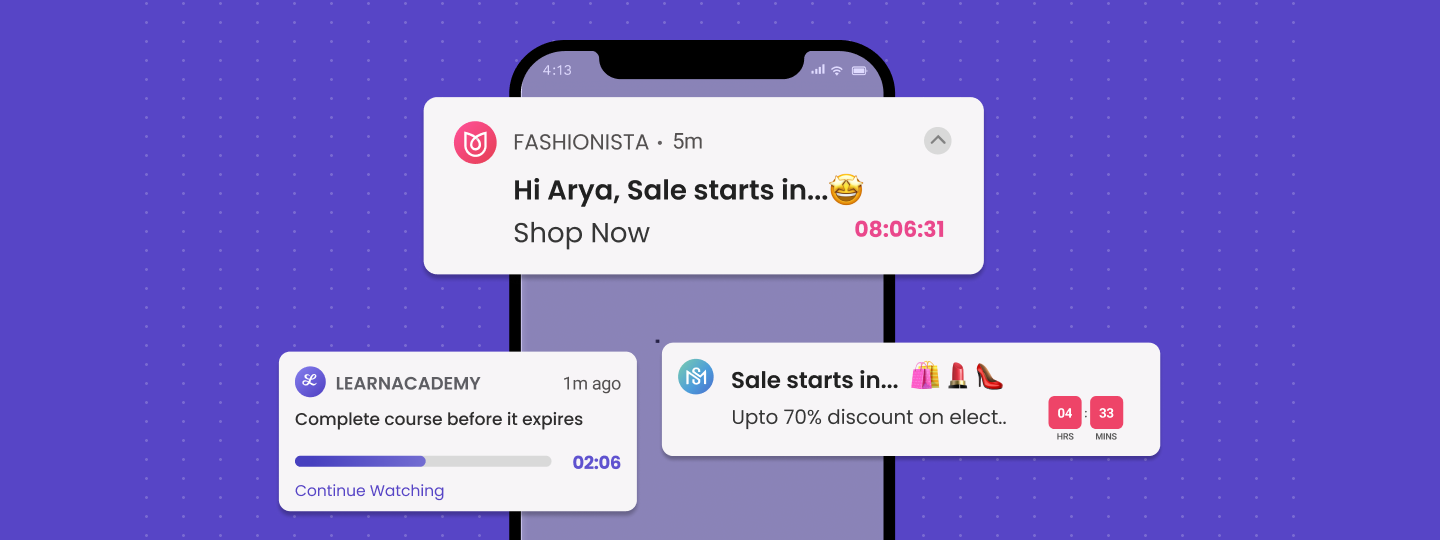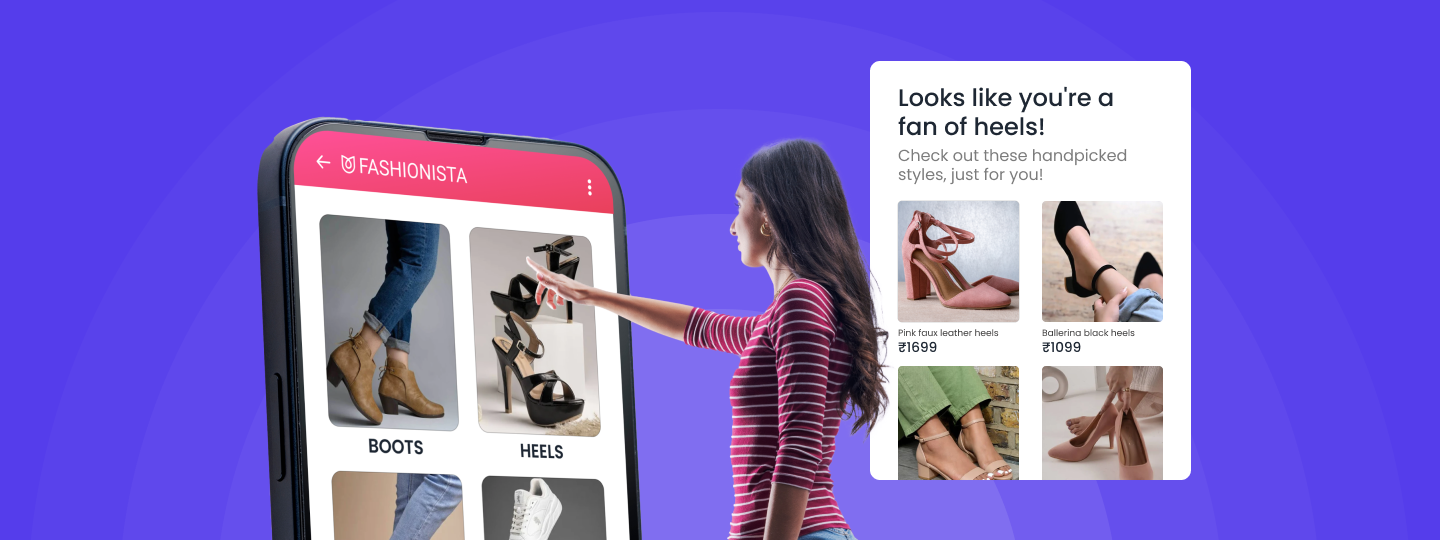A 5% increase in customer retention is capable enough to trigger a 25% increase in profits, says Bain & Company.
The stat itself says how impactful retention marketing can be for your business.
Over the years, companies have been able to acquire users but not retain them. This has necessitated a move towards retention marketing that would keep the existing users engaged and drive more transactions through these users.
What is the importance of retention marketing?
According to Google Ads recent CPC data, it is clear that branded & non-branded keywords CPC amount jumped to 300% and 75% compared to 2 years ago. With limited organic social media reach & costly PPC (Pay Per Click) campaigns, it’s tiresome to boost traffic & generate new leads every time.
The time has gone when you used to run multiple campaigns from awareness to sales and forget the newly acquired customers.
What you might have forgotten is, focusing on retaining your existing customers can fetch you the desired results. They can save time and energy by skipping several stages of the sales funnel.
It’s necessary to identify the stage when there is a need to implement a data-driven “retention marketing program”.
The need depends upon two points primarily:
- The saturation of an acquisition marketing program
You can find out the perfect mix of acquisition – retention requirement based upon factors like nature of product/service, type of represented industry, rules & regulations etc. You can start your retention marketing efforts by further finding answers to the below questions:
- What to do with ever-growing bounce rate?
- What is the solution to not achieving the sales target?
2. Break-even point for the retention marketing program
With regards to break-even point, you can start retention marketing after having enough quality leads/sales from the sales funnel which match with specific criteria of further segmentation possibility, chances of repeat purchase & probability of reduced bounce rate.
Here are some surefire retention marketing strategies to slash your churn rate:
- Leveraging messaging platforms for driving user engagement
- Personalizing communication
- Redefining value measurement methodology
- Offering exclusive deals & lightning discount programs
- Implementing retention email marketing campaigns
1. Leveraging messaging platforms for driving user engagement
You write omnichannel communication in every year’s marketing plan but end up replacing one channel by another. Right?
Implementing omnichannel messaging strategy means that leveraging every communication channel with a different objective to boost engagement and in turn, influence retention.
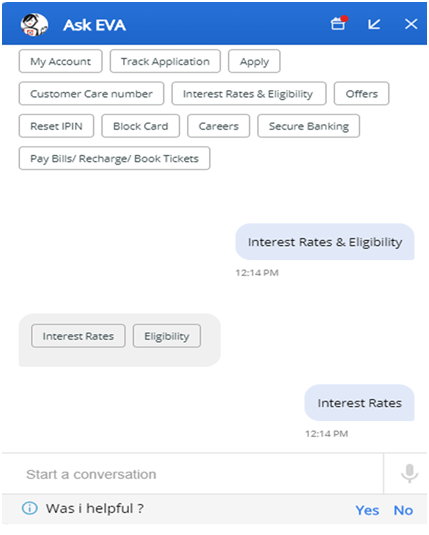
For example, users prefer to get simple answers from a chatbot while like to explore emails for detailed ones. Similarly, brands too can match users need with a communication platform to avoid scattered messaging. This way, you can integrate all these channels to offer a seamless omnichannel engagement.
2. Personalizing communication
Companies often forget to think about customers compared to added efforts in product features & pricing. The messaging always focuses on what product can deliver and how it can solve the target customer’s need. It’s not wrong to do that but better if it is to be done with some level of personalization. A well-organized onboarding program is a foremost thing in every SaaS business nowadays. B2C companies can also add a human touch to marketing communication to make customers feel special.
What better brand than Netflix to understand personalization. The platform analyses user behaviour and interests to offer show recommendations.
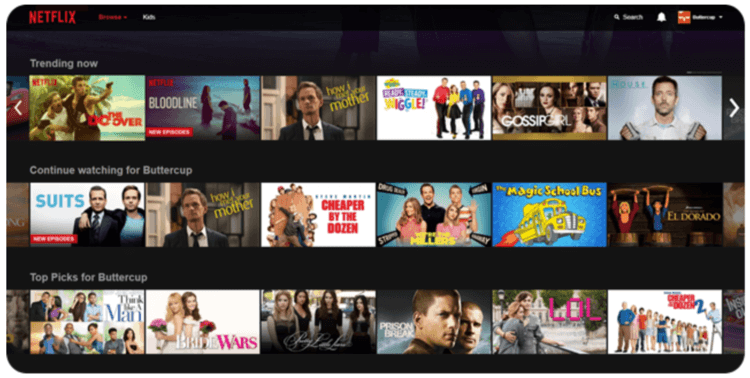
These personalized recommendations keep users engaged and in their terminology – binge-watching every time.
3. Redefining value measurement methodology
Companies measure their ROI based on the selling price of the product against the incurred cost to acquire a single user. Nowadays, customers are changing with an empathetic focus on product benefits and core features. They tend to choose everything with keeping in mind about the time duration of usage and whether the investment is justifiable for the said duration.
Similarly, one should adopt this model for measuring ROI & customer lifetime value (CLV). You can identify profit numbers from every user in the timeframe until he engaged with the product. This methodology can help you to predict potential revenue from every customer and to take decisions on offering further discounts on the product.
In other words, shifting the value measurement method from acquisition to retention can help you identify exact margins.
4. Offering exclusive deals & lightning discount programs
Majority of e-commerce stores use this strategy to influence repeat purchase and hence revenue. On top of that, sending daily reminders and app pop-ups are a great way to keep notifying your customers.
1. Last-minute deals: To inject urgency and sudden action, e-commerce stores implement this program to get more return buyers.
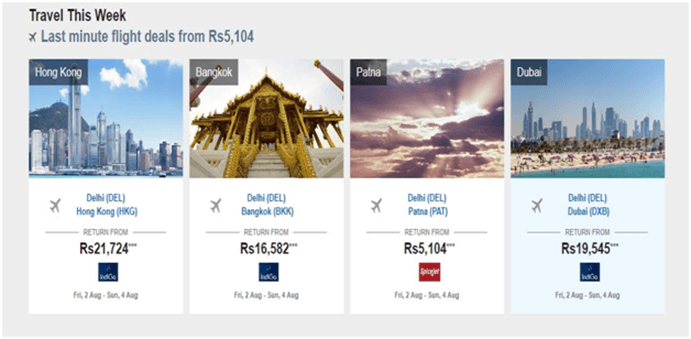
Expedia offers last minute deals on most popular flights with a customized landing page.
2. Subscription Deals: These types of deals are more prevalent in subscription-based businesses, e-commerce stores & OTT platforms where services are rendered in exchange for a fixed fee.
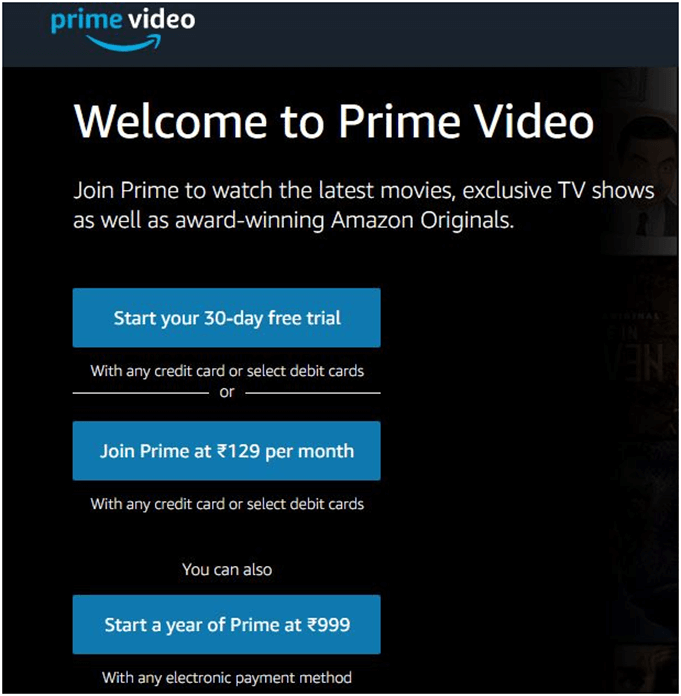
Amazon Prime is the classic example of subscription deals where in exchange of a fixed fee, users can enjoy lightning fast delivery, one-day & free shipping on eligible products, early access to exclusive deals, unlimited streaming etc.
3. Exchange offers: This is the most used program offered by online stores to deliver additional value to their users.

Xiaomi offers exchange deals where users can get a new smartphone in exchange for a used and old one.
4. Launch offers: Companies use such offers when they launch a new product or a variant of an existing product. These campaigns play a crucial role in raising brand awareness and creating word of mouth.
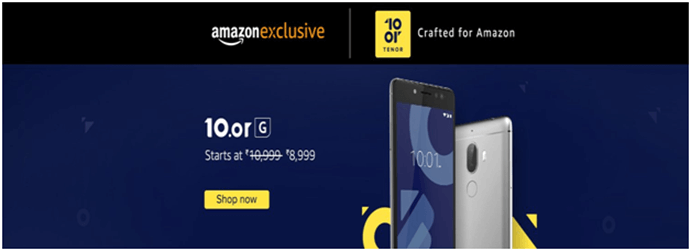
Amazon created an “Exclusive” section with a customized landing page for launches of new tech gadgets. As seen in the image above, Tenor (Amazon-owned brand) offers an exclusive discount with a clear (Call To Action) button of “Shop now”.
5. Implementing retention email marketing campaigns
Any email marketing campaign is not possible without defining diverse customer segments. You can define segments based upon certain factors like:
- Users who haven’t logged in from past X days
- Users who completed the signup but never installed the app
- Users who abandoned the cart
- Users with inactive status for a longer duration
These are just a representation of factors to define user segments in the design phase. Based on segments, you can start building campaigns with a definite sequence for follow-ups.
Here are some examples of email templates with rich visuals for a better idea.
Onboarding Email

Dropbox sends this email whenever a user signs up but does not install the app. This email with an actionable CTA pushes the user a little more to install dropbox.
Abandoned Cart Email
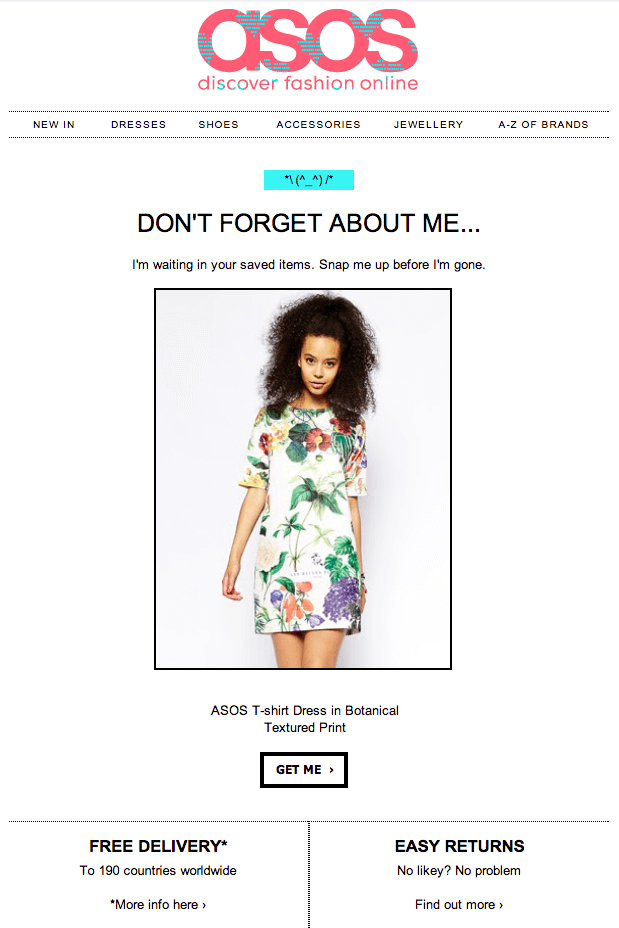
ASOS, an online shopping brand, uses this email whenever a user abandons the cart. From the image, it is clear that the brand wants to raise awareness apart from sales by placing the brand logo and showcasing shipping features at the end.
Re-engagement Email (for retention)
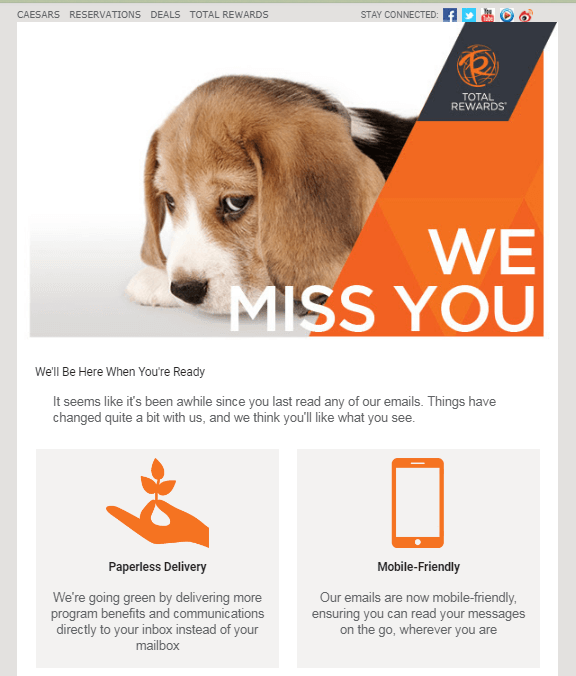
This type of email is beneficial for re-engagement and nudging long-time inactive users. It reminds the users about last account activity and additional benefits if they purchase the product/services.
Conclusion
There are a lot of companies out there which adopt a particular retention marketing strategy for reducing bounce rate and enhancing customer engagement. However, they make a mistake by just going after a single strategy and not looking for multiple ways to build an optimum retention marketing plan.
According to a study, 37% of marketers believed that social media is the most effective platform for retention marketing to reduce bounce rate.
You can also leverage social media platforms as a new channel for boosting customer retention. Also, it is possible to create a facebook community through groups for continuous engagement and answering common user queries to enable real-time communication.
What’s your most preferred and go-to channel for implementing a retention marketing plan for your brand?
Comment below and let me know your suggestions.
Bonus Read: 8 Customer Retention Strategies For Your Business






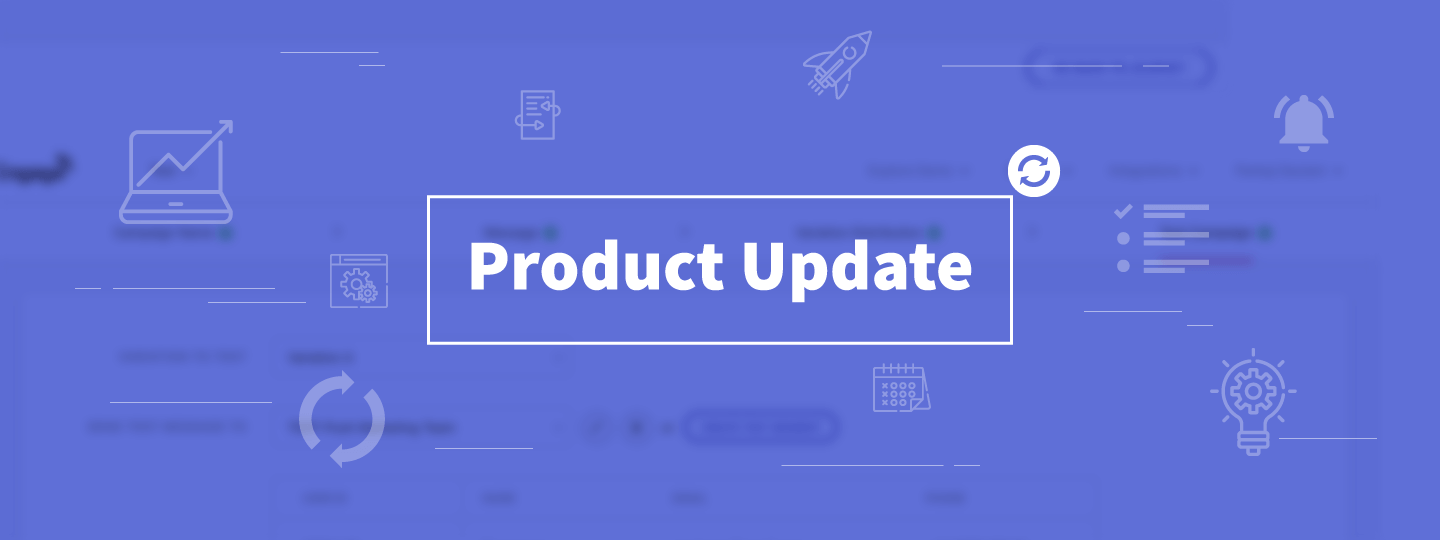
 Harshita Lal
Harshita Lal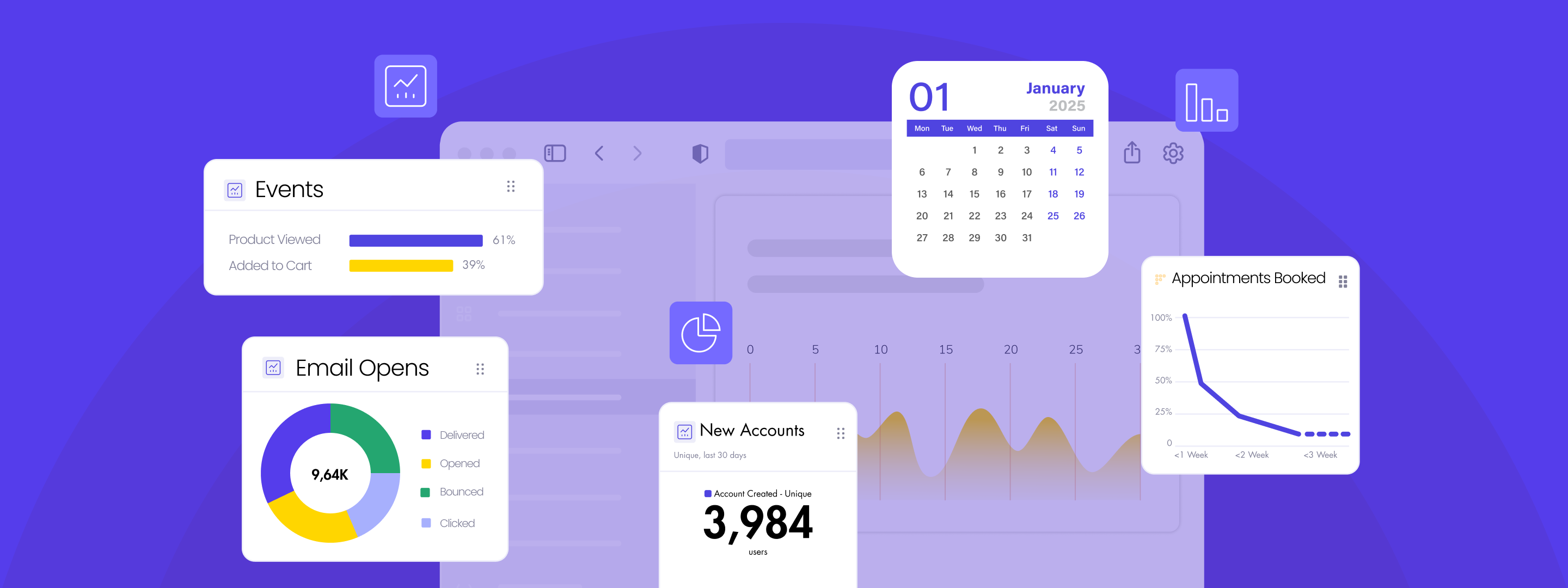
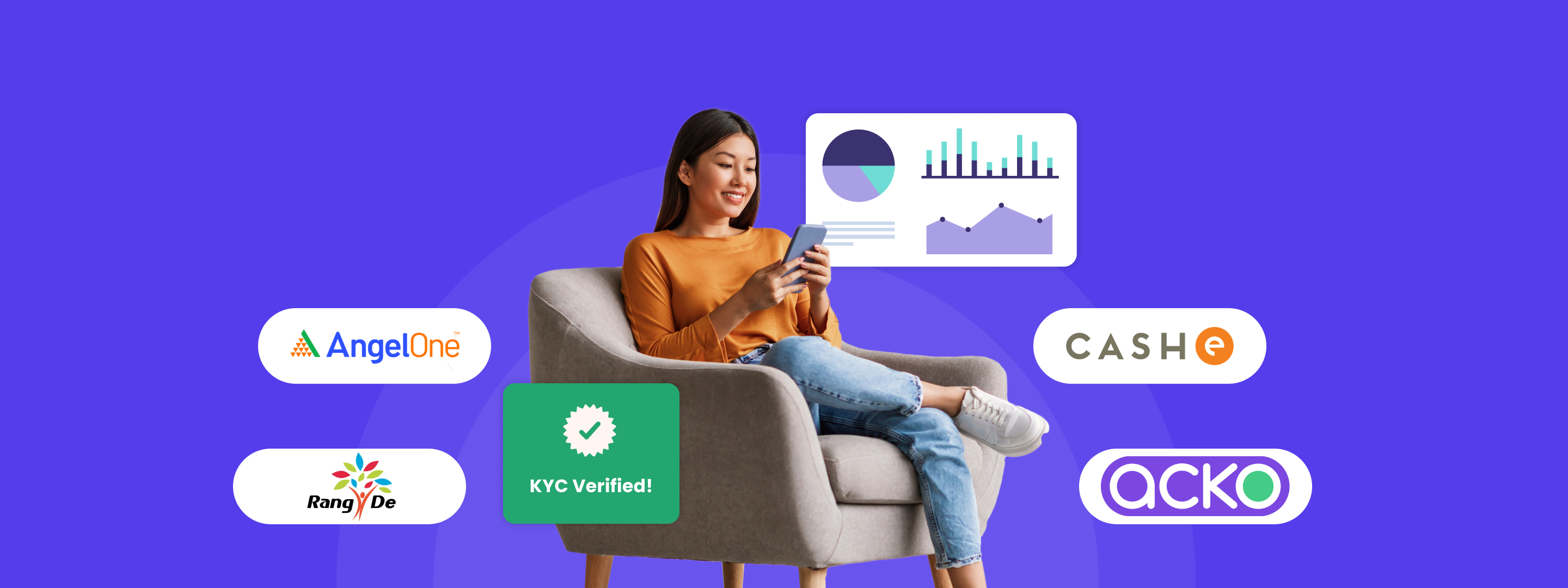
 Diksha Dwivedi
Diksha Dwivedi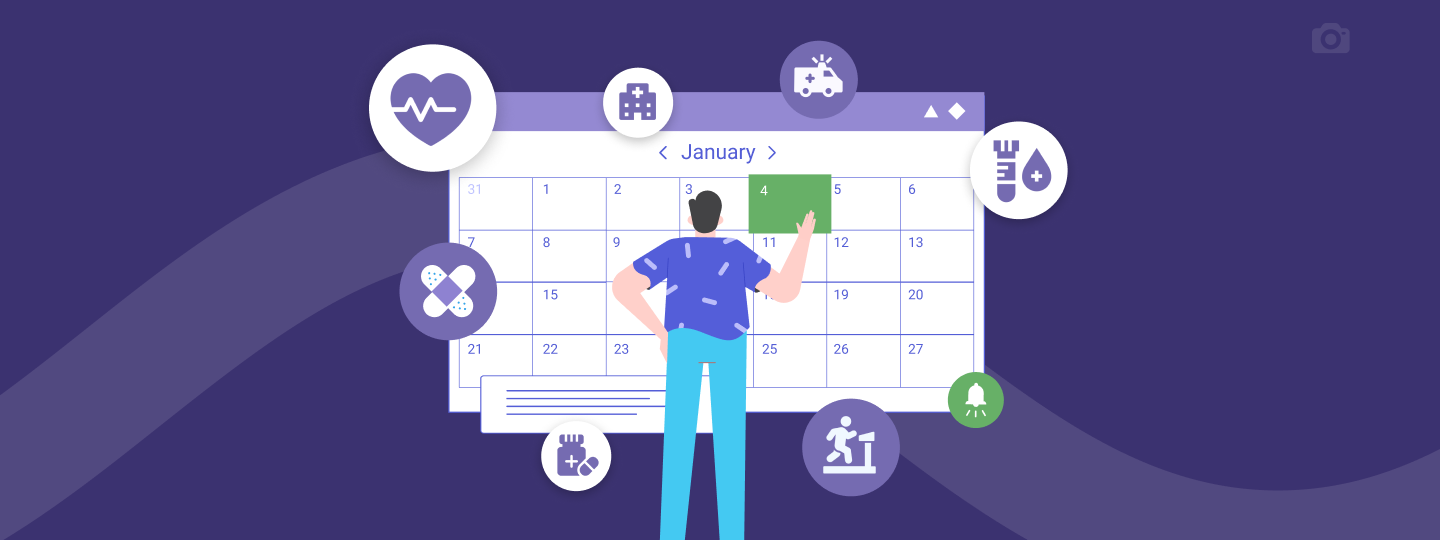
 Dev Iyer
Dev Iyer